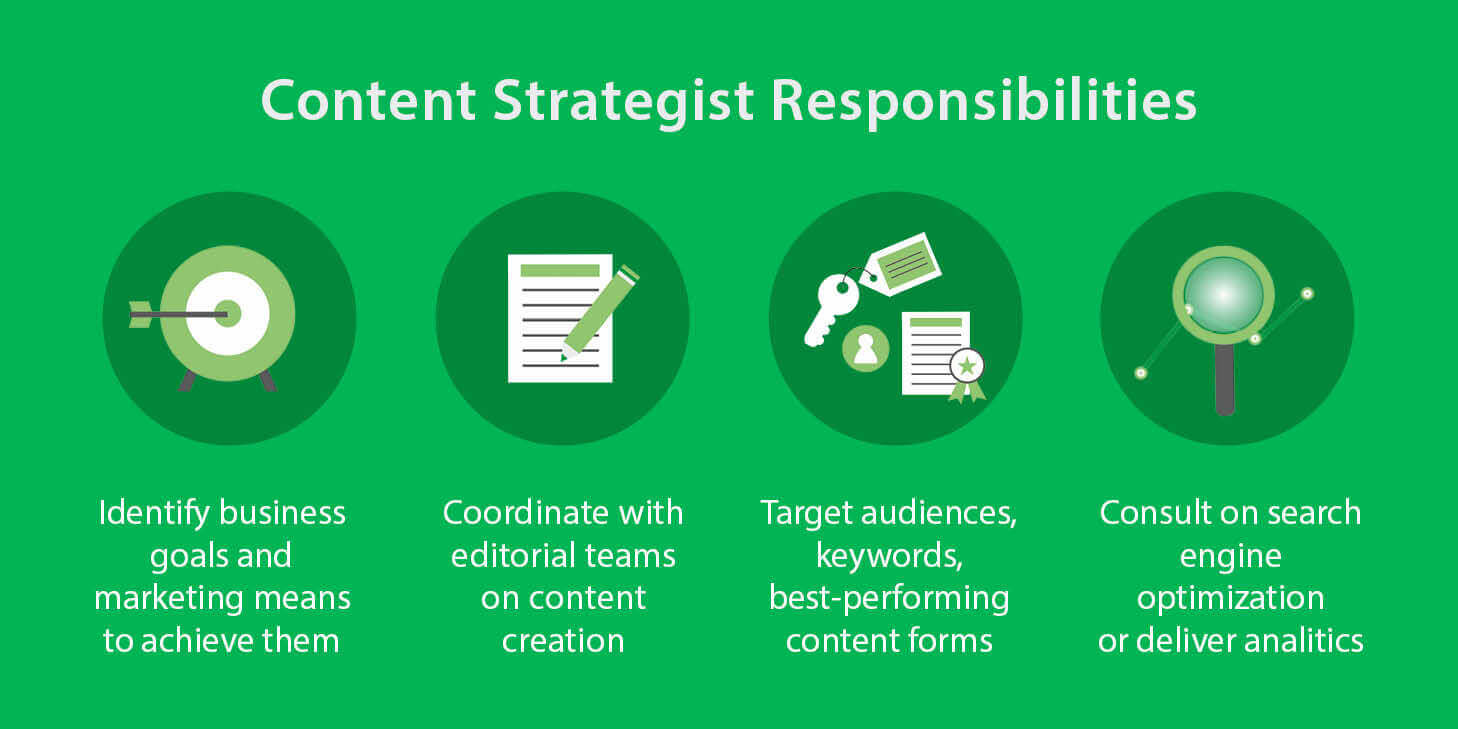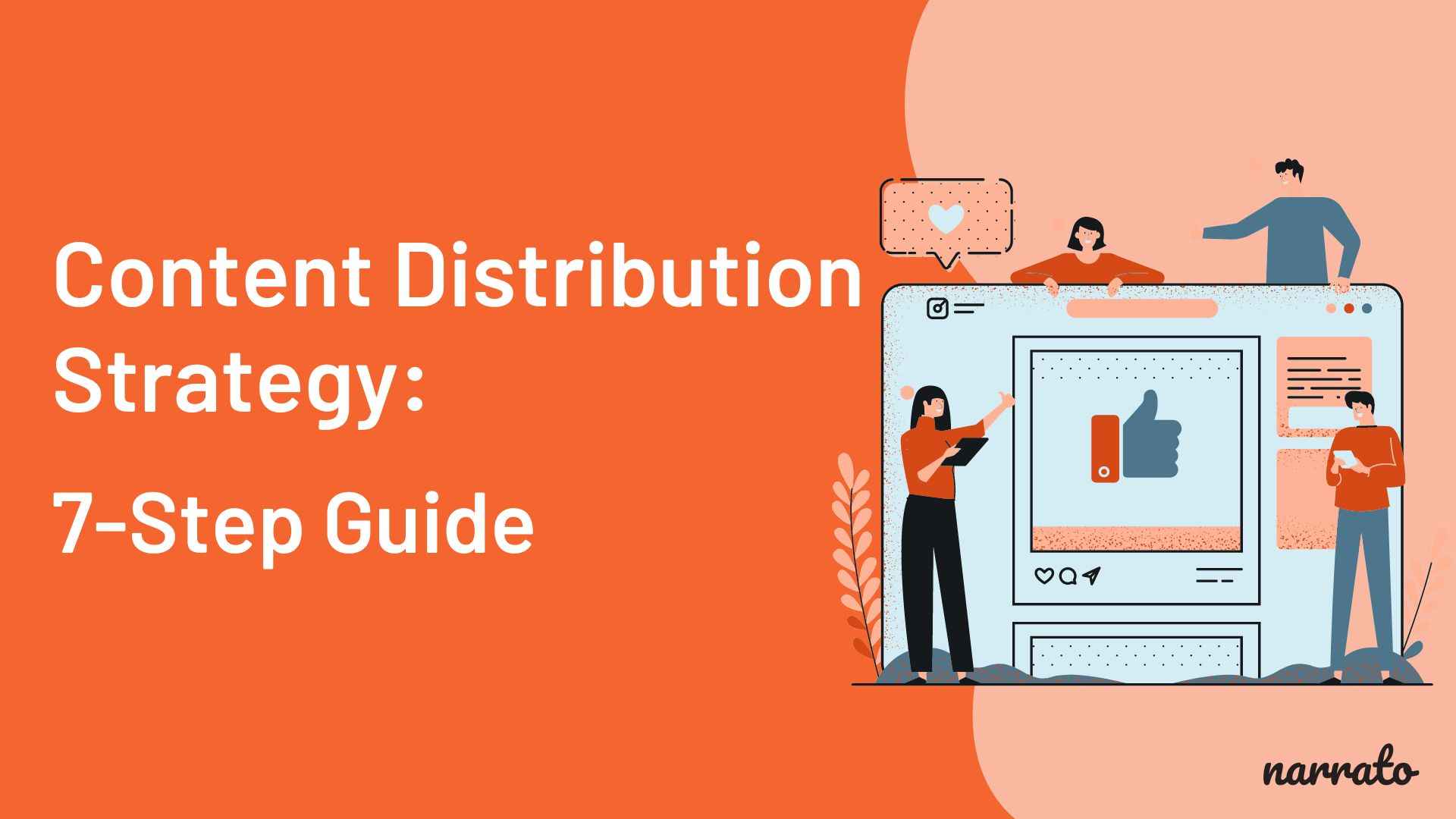Defining the Art of Content Strategy
In today’s digital landscape, a well-crafted content strategy is crucial for businesses to establish a strong online presence. But what does a content strategist do, exactly? A content strategist plays a vital role in developing and implementing a brand’s content marketing plan, with the ultimate goal of driving engagement, conversions, and revenue. By understanding the intricacies of content strategy, businesses can create a cohesive and effective online presence that resonates with their target audience.
A content strategist’s primary objective is to create a content marketing plan that aligns with the brand’s overall business goals. This involves conducting thorough research to understand the target audience, their needs, and preferences. By doing so, a content strategist can develop a content strategy that speaks to the audience’s pain points, interests, and motivations. This, in turn, enables businesses to build trust, establish thought leadership, and drive meaningful engagement with their audience.
Effective content strategy is not just about creating content; it’s about creating content that resonates with the target audience. A content strategist must be able to analyze data, track engagement metrics, and adjust the content strategy accordingly. This involves staying up-to-date with the latest industry trends, best practices, and technologies to ensure that the content strategy remains relevant and effective.
In essence, a content strategist is responsible for developing a content marketing plan that drives real results for the business. By understanding what a content strategist does, businesses can appreciate the value they bring to the table and invest in a content strategy that delivers tangible returns.
Key Responsibilities of a Content Strategist: A Deep Dive
As a content strategist plays a vital role in developing a brand’s online presence, it’s essential to understand their primary responsibilities. So, what does a content strategist do on a daily basis? A content strategist’s key responsibilities can be broken down into three main areas: content creation, distribution, and measurement.
Content creation involves developing a content marketing plan that aligns with the brand’s overall business goals. This includes conducting research to understand the target audience, their needs, and preferences. A content strategist must be able to create high-quality, engaging content that resonates with the target audience, including blog posts, social media posts, email newsletters, and more.
Content distribution is another critical aspect of a content strategist’s role. This involves selecting the most effective channels to reach the target audience, such as social media, email marketing, influencer partnerships, and paid advertising. A content strategist must be able to analyze data to determine which channels are driving the most engagement and adjust the distribution strategy accordingly.
Measuring content success is also a key responsibility of a content strategist. This involves tracking engagement metrics, such as page views, clicks, and conversions, to determine the effectiveness of the content marketing plan. A content strategist must be able to use data to inform future content decisions, adjust the content strategy, and optimize content for better performance.
In addition to these primary responsibilities, a content strategist may also be involved in other tasks, such as content calendar planning, content optimization, and team collaboration. By understanding the key responsibilities of a content strategist, businesses can appreciate the value they bring to the table and invest in a content strategy that delivers tangible returns.
By breaking down the key responsibilities of a content strategist, it’s clear that their role is multifaceted and requires a range of skills, from content creation to data analysis. By understanding what a content strategist does, businesses can develop a content marketing plan that drives real results and helps them achieve their online goals.
How to Develop a Winning Content Strategy: Expert Insights
Developing a successful content strategy requires a deep understanding of your target audience, clear goals, and engaging content. But what does a content strategist do to create a winning content strategy? According to experts, the key to success lies in understanding your audience’s needs, preferences, and behaviors.
Conducting thorough audience research is essential to developing a content strategy that resonates with your target audience. This involves gathering data on demographics, interests, and pain points to create buyer personas. By understanding your audience’s needs, you can create content that speaks to their interests and addresses their pain points.
Setting clear goals is also crucial to developing a successful content strategy. This involves defining what you want to achieve through your content marketing efforts, whether it’s increasing website traffic, generating leads, or driving sales. By setting clear goals, you can create content that is focused and aligned with your overall business objectives.
Creating engaging content is also essential to a winning content strategy. This involves developing content that is informative, entertaining, and relevant to your target audience. By using a variety of content formats, such as blog posts, videos, and social media posts, you can create a content strategy that engages and resonates with your audience.
According to experts, a winning content strategy also involves measuring and optimizing content performance. This involves tracking key metrics, such as engagement, conversions, and ROI, to determine the effectiveness of your content marketing efforts. By using data to inform future content decisions, you can optimize your content strategy and achieve better results.
By following these expert insights, you can develop a winning content strategy that drives real results for your business. Remember, a successful content strategy requires a deep understanding of your target audience, clear goals, and engaging content. By incorporating these elements into your content strategy, you can achieve success and drive business growth.
The Science of Content Creation: Understanding Your Audience
Understanding your target audience is crucial to creating content that resonates with them. But what does a content strategist do to gain a deeper understanding of their audience? According to experts, the key to success lies in conducting thorough audience research and creating buyer personas.
Audience research involves gathering data on demographics, interests, and behaviors to create a comprehensive picture of your target audience. This can be done through surveys, focus groups, and online analytics tools. By understanding your audience’s needs, preferences, and pain points, you can create content that speaks to their interests and addresses their concerns.
Creating buyer personas is also essential to understanding your target audience. A buyer persona is a semi-fictional representation of your ideal customer, including their demographics, goals, and behaviors. By creating buyer personas, you can tailor your content to specific audience segments and increase the effectiveness of your content marketing efforts.
Developing content that resonates with your audience requires a deep understanding of their needs and preferences. This involves creating content that is informative, entertaining, and relevant to their interests. By using a variety of content formats, such as blog posts, videos, and social media posts, you can create a content strategy that engages and resonates with your audience.
According to experts, understanding your audience is an ongoing process that requires continuous research and analysis. By staying up-to-date with the latest trends and insights, you can refine your content strategy and create content that continues to resonate with your audience.
By incorporating audience research and buyer personas into your content strategy, you can create content that drives real results for your business. Remember, understanding your audience is the key to creating content that resonates with them and drives business growth.
In addition to audience research and buyer personas, there are several other tools and techniques that can help you understand your audience and create effective content. These include social media listening, customer feedback, and analytics tools. By using these tools and techniques, you can gain a deeper understanding of your audience and create content that drives real results.
Content Distribution Channels: Maximizing Your Reach
Once you have created high-quality, engaging content, it’s essential to distribute it through the right channels to maximize your reach. But what does a content strategist do to choose the right channels for their content? According to experts, the key to success lies in understanding your target audience and their preferred channels.
Social media is one of the most popular content distribution channels, with billions of users worldwide. By creating social media content that resonates with your audience, you can increase engagement, drive website traffic, and generate leads. However, with so many social media platforms to choose from, it’s essential to focus on the channels that align with your target audience’s preferences.
Email marketing is another effective content distribution channel, allowing you to reach your target audience directly in their inbox. By creating email content that is informative, entertaining, and relevant to your audience’s interests, you can increase engagement, drive conversions, and build brand loyalty.
Influencer partnerships are also a popular content distribution channel, allowing you to reach new audiences and build credibility with your target market. By partnering with influencers who align with your brand values and target audience, you can increase your reach, drive engagement, and generate leads.
Other content distribution channels include paid advertising, content aggregators, and online communities. By choosing the right channels for your content, you can maximize your reach, increase engagement, and drive real results for your business.
According to experts, the key to success in content distribution is to focus on the channels that align with your target audience’s preferences and behaviors. By understanding your audience and their preferred channels, you can create a content distribution strategy that drives real results and helps you achieve your business goals.
By incorporating multiple content distribution channels into your content strategy, you can increase your reach, engagement, and conversions. Remember, the key to success is to focus on the channels that align with your target audience’s preferences and behaviors, and to continually monitor and adjust your content distribution strategy to optimize results.
Measuring Content Success: Key Metrics and Analytics
Measuring content success is crucial to understanding the effectiveness of your content strategy. But what does a content strategist do to measure content success? According to experts, the key to success lies in tracking key metrics and using analytics tools to inform future content decisions.
Engagement metrics, such as page views, clicks, and social media shares, provide valuable insights into how your content is resonating with your target audience. By tracking engagement metrics, you can identify which types of content are driving the most engagement and adjust your content strategy accordingly.
Conversion metrics, such as lead generation, sales, and revenue, provide a clear picture of how your content is driving business results. By tracking conversion metrics, you can identify which types of content are driving the most conversions and optimize your content strategy for better results.
Return on Investment (ROI) metrics provide a clear picture of the financial return on your content investment. By tracking ROI metrics, you can identify which types of content are providing the best return on investment and adjust your content strategy accordingly.
Analytics tools, such as Google Analytics, provide valuable insights into how your content is performing. By using analytics tools, you can track engagement, conversion, and ROI metrics, and use data to inform future content decisions.
According to experts, the key to success in measuring content success is to focus on the metrics that matter most to your business goals. By tracking key metrics and using analytics tools, you can optimize your content strategy for better results and drive real business growth.
By incorporating measurement and analytics into your content strategy, you can ensure that your content is driving real results for your business. Remember, the key to success is to focus on the metrics that matter most to your business goals and use data to inform future content decisions.
By using the insights gained from measuring content success, you can refine your content strategy and create content that resonates with your target audience. By continually monitoring and adjusting your content strategy, you can ensure that your content is driving real results for your business.






